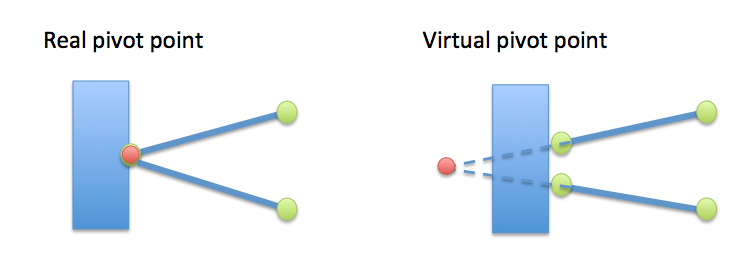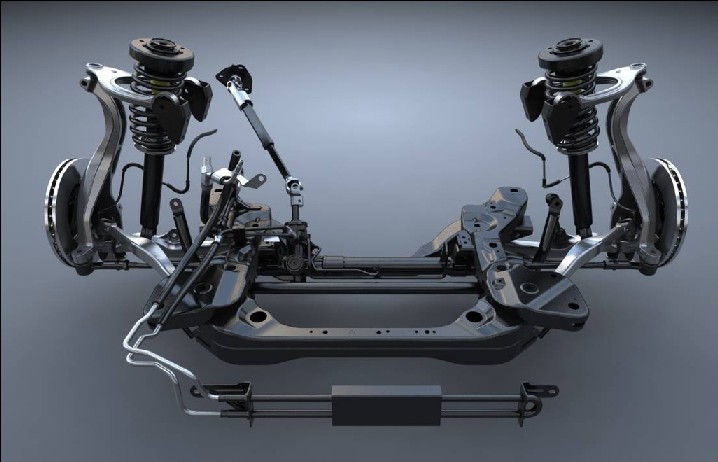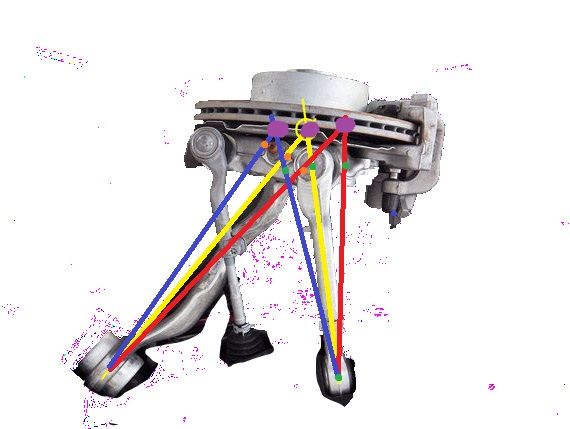thePill
Camaro5's Most Wanted
- Joined
- Aug 13, 2012
- Threads
- 37
- Messages
- 6,561
- Reaction score
- 699
- Location
- Pittsburgh
- Vehicle(s)
- S550
Ah, forgot to post this yesterday. The '15 Mustang is 1.4 inches lower and 1.5 inches wider, an inch wider track up front, 3 in the rear.All of the "lower and wider" comments can easily be interpreted by the lower roof, hood, and trunk and wider stance. In terms of a lower ground clearance, due to the design parameters of acceptability for approach angles and underbody clearance, I would be surprised if the car had a lower ride height. From the photos online, it appears to be at the same ride height as the S197.
In regards to the tension link clearance, because the rotors sit inboard of the wheel and tire, the wheel would most likely be what would contact the tension link at full lock. Not the rotor.
Man, an extra inch in the track is worth 2 in the tire...Here's Where It's Bigger and Where It's Not
Fundamentally, the new Mustang's major dimensions are very similar to those of the outgoing car. Its wheelbase is an identical 107.1 inches, its front track measurement is carried over and at 188.3 inches the overall length is essentially unchanged. The new car then goes its own way, sitting 1.4 inches lower and 1.5 inches wider. Compared to today's GT, front track increases by almost an inch, while the rear track expands by nearly 3 inches.
Sponsored








